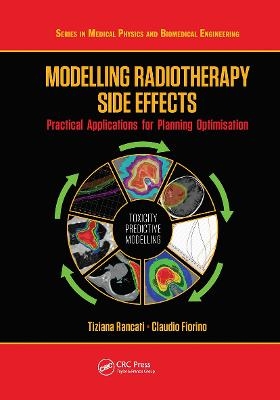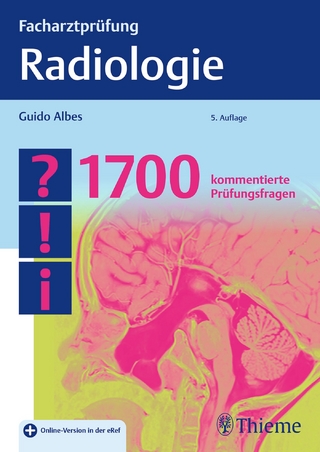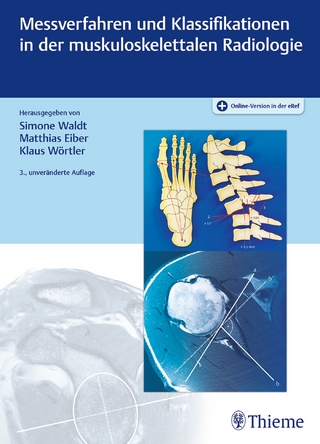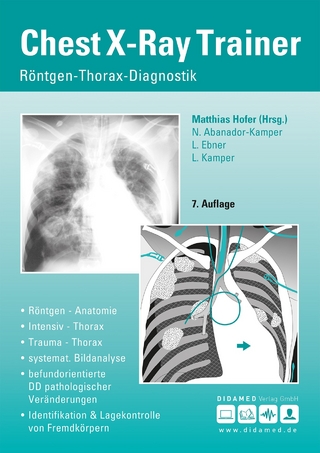
Modelling Radiotherapy Side Effects
CRC Press (Verlag)
978-0-367-77971-9 (ISBN)
This book provides an invaluable tutorial for radiation oncologists, medical physicists, and dosimetrists involved in the planning optimization phase of treatment. It presents a practical, accessible, and comprehensive summary of the field’s current research and knowledge regarding the response of normal tissues to radiation. This is the first comprehensive attempt to do so since the publication of the QUANTEC guidelines in 2010.
Features:
Addresses the lack of systemization in the field, providing educational materials on predictive models, including methods, tools, and the evaluation of uncertainties
Collects the combined effects of features, other than dose, in predicting the risk of toxicity in radiation therapy
Edited by two leading experts in the field
Claudio Fiorino has more than 20-years of experience as a medical physicist, fully dedicated to radiotherapy, including both routine and development/research aspects. He is member of the Physics Committee of ESTRO (from 2007) and recently elected as member of the ESTRO Board. He is member of the Editorial Board of Physica Medica (EJMP) (2001), Radiotherapy and Oncology (2003), Radiation Oncology (2007); he was Associate Senior Physics Editor of the Int. J. Radiation Oncology Biol Phys (2012-2013) and is actually Associate Editor of Physica Medica (EJMP) since 2014. He received the Italian accreditation for University teaching (Physics: applied) for associate professorship (2013). He is author or co-author of several book chapters and of 167 full papers (Scopus) with, in total, more than 3400 citations, h-index: 35 (Scopus: 01/05/2016). Tiziana Rancati's main activities include development of NTCP models for the description of radioinduced toxicity with engagement in the task force of QUANTEC (Quantitative Analysis of Normal Tissue Effects in the Clinic) and in the task force of PENTEC (Pediatric Normal Tissue Effects in the Clinic). She is a teacher in seminars and courses on radiobiology, statistics and modelling normal tissue reactions following radiation therapy. She is currently member of the editorial board of the World Journal of Clinical Oncology (since 2015). She received the Italian accreditation for University teaching (Physics: applied) for associate professorship (2013). She is author or co-author of book chapters and of 67 full papers ≈1830 citations, h-index=22, Scopus: 12/04/2016).
PART I: DATA AND MODELS.
The importance of the quality of data
Building a predictive model of toxicity: methods.
Potentials and limits of phenomenological models.
PART II: PREDICTING THE RISK OF TOXICITY IN PRACTICE.
Pelvis: rectal and bowel toxicity.
Pelvis: urinary toxicity and sexual dysfunctions.
Abdomen.
Optical structures and ears.
Head and neck: parotids.
Head and neck: structures involved in swallowing and nutritional problems.
Head and neck: larynx and structures involved in dysphonia.
Thorax: lungs and esophagous.
Heart and vascular problems.
Skin and fibrosis.
Bones and hematological toxicity.
Nervous system.
Predicting toxicity in RT: a critical summary.
PART III VISION/CHALLENGES.
Data-sharing and toxicity modeling: a vision of the near future.
Quantitative imaging for assessing and predicting toxicity.
Including the 4th dimension into predictive models of toxicity.
Beyond DVH: 2D/3D based dose comparison to assess predictors of toxicity.
Predictive models and automatic planning: where are we going ?
Including genetic variables in NTCP models. Where are we? Where are we going?
| Erscheinungsdatum | 06.04.2021 |
|---|---|
| Reihe/Serie | Series in Medical Physics and Biomedical Engineering |
| Verlagsort | London |
| Sprache | englisch |
| Maße | 178 x 254 mm |
| Gewicht | 861 g |
| Themenwelt | Medizin / Pharmazie ► Allgemeines / Lexika |
| Medizin / Pharmazie ► Medizinische Fachgebiete ► Onkologie | |
| Medizinische Fachgebiete ► Radiologie / Bildgebende Verfahren ► Radiologie | |
| Naturwissenschaften ► Physik / Astronomie ► Angewandte Physik | |
| ISBN-10 | 0-367-77971-4 / 0367779714 |
| ISBN-13 | 978-0-367-77971-9 / 9780367779719 |
| Zustand | Neuware |
| Haben Sie eine Frage zum Produkt? |
aus dem Bereich


